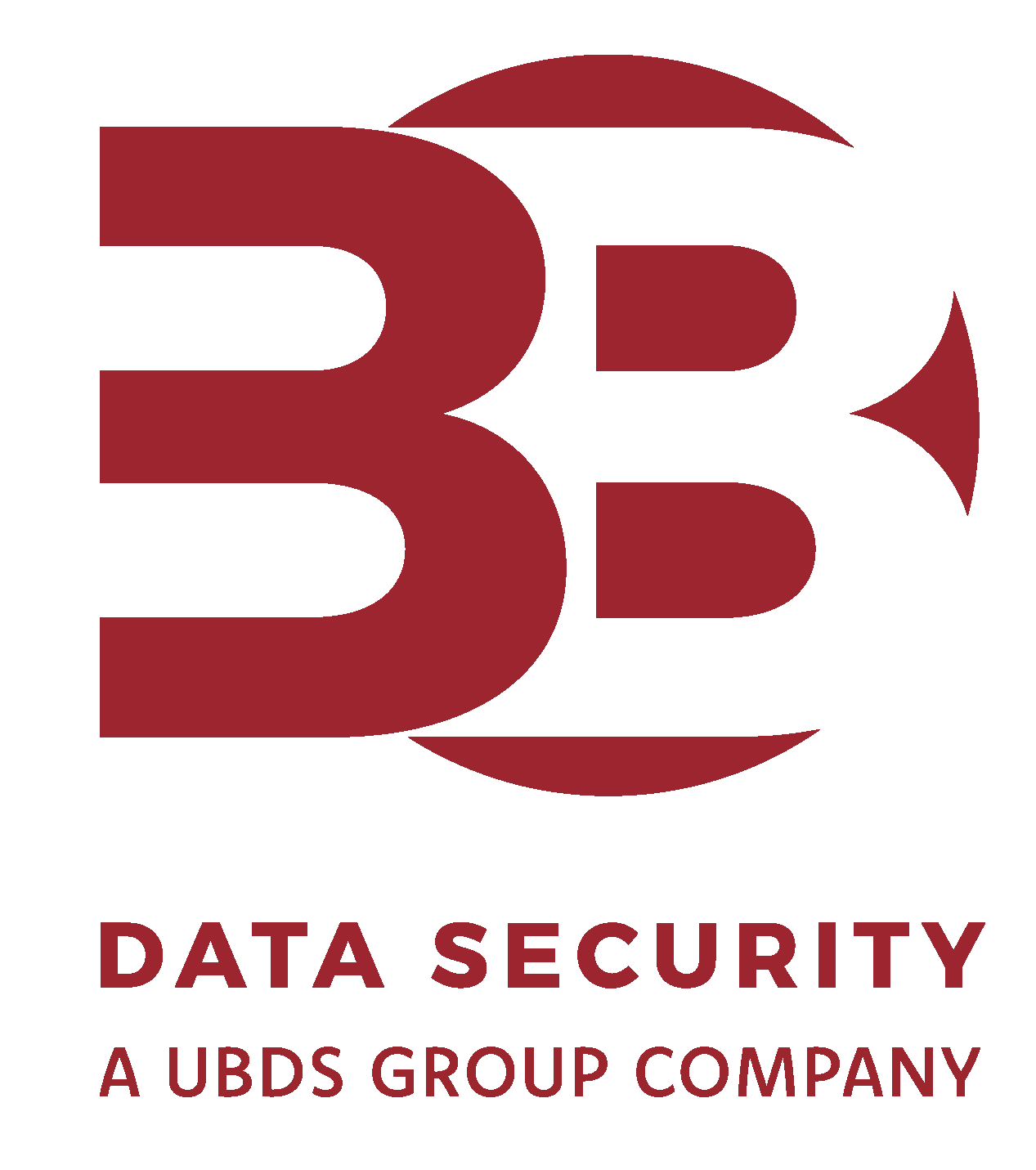PCI DSS compliance is a non-negotiable for any business that stores, processes, or transmits cardholder data. But despite the abundance of documentation and guidance out there, many organisations still fall short, not because they’re careless, but because the requirements are often misunderstood or misapplied.
And when PCI compliance slips, it’s not just about ticking the wrong box on an audit form. It can lead to regulatory fines, reputational damage, increased cyber risk, and in some cases, a complete loss of payment processing privileges.
To help you stay on the right track, we’ve highlighted five of the most common PCI DSS compliance mistakes, and how you can avoid them with confidence.
1. Believing PCI DSS Doesn’t Apply Because You Don’t “Store” Card Data
This is one of the most widespread misconceptions. Many businesses assume that because they don’t store card numbers, PCI DSS doesn’t apply to them. But PCI scope is based on storing, processing transmitting OR ability to impact the security of cardholder data – not just storage.
For example, if you run an ecommerce website that integrates with a payment gateway like Stripe, PayPal, or Braintree, you may not be saving card data on your servers, nor is cardholder data being transmitted into your network, but if your site handles or redirects any part of the transaction, you will be in scope.
Additionally, if you’re a service provider offering hosting services for customers who accept cardholder data, you must demonstrate PCI compliance to meet your customers’ requirements. This is crucial because your services can impact the security of your customers and their cardholder data flows.
How to avoid it:
Start with a clear PCI DSS scoping exercise. Firstly, identify the card data flow, this will direct you to the potential Self-Assessment Questionnaire (SAQ), then read the SAQ eligibility criteria to determine the appropriate SAQ for which you need to complete.
Secondly, review all your systems which store, process, transmit or could impact the security of the cardholder data, this will help identify the systems directly in scope.
2. Relying on Vulnerability Scanning Alone (Instead of Proper Testing)
Vulnerability scanning is essential, and required, under PCI DSS depending on your SAQ requirements. But it’s not always enough on its own. Scanners are automated tools that look for known issues. They don’t replicate how a real attacker behaves, and they can’t identify complex, chained vulnerabilities or business logic flaws.
PCI DSS specifically requires penetration testing for SAQ D, a manual, scenario-based assessment carried out by experienced professionals who can think and act like an attacker.
How to avoid it:
Schedule regular penetration tests, ideally with a CREST and CHECK accredited provider like 3B Data Security. You’ll still need to conduct scans, but don’t mistake scanning for penetration testing. Penetration testing is critical for proving your controls are effective in the real world, not just in theory.
3. Ignoring Documentation and Policy Requirements
Even if your technical controls are perfect, a lack of supporting documentation can still lead to non-compliance. PCI DSS requires written policies, procedures, and evidence that those controls are reviewed and followed.
This can includes things like:
- A documented information security policy
- Role-based access control guidelines
- Change management procedures
- An incident response plan
- Staff training records
Auditors won’t just ask what you do, they’ll ask you to prove how and when you do it.
How to avoid it:
Establish a policy framework that reflects your real-world environment. Don’t rely on copy-paste templates with no relevance to your operations. At 3B Data Security, we help clients build and maintain policies that are not only compliant but also practical.
4. Weak Access Controls and Poor Authentication Practices
Poor access controls, weak authentication requirements and no account reviews. These are all red flags under, PCI DSS, and yet they’re still surprisingly common in environments undergoing assessment.
PCI DSS requires strict access control, and defines appropriate minimum requirements based on your SAQ eligibility, these could include:
- Unique user IDs for all personnel
- Multi-factor authentication (MFA) for all remote access and admin accounts
- Regular reviews of user permissions and account access
If your access controls aren’t well-defined and enforced, even strong technical controls can be bypassed, either by mistake or malicious intent.
How to avoid it:
Audit user accounts regularly. Implement access controls that reflect the principle of least privilege, where users only have access to the data and systems they truly need. And enforce strong password policies and MFA across the board.
5. Treating PCI DSS as a One-Time Project
Many businesses treat PCI DSS compliance like a milestone: pass the audit, file the paperwork, and forget about it until next year. But compliance isn’t a static achievement, it’s an ongoing effort and should be part of your business as usual processes.
Requirements such as log monitoring, patch management, access reviews, vulnerability scanning, and policy updates are year-round obligations. Falling out of compliance after an audit can be just as risky and damaging as never being compliant at all.
How to avoid it:
Build PCI DSS into your wider cyber security and risk management programme. Assign internal responsibility for maintaining compliance. Use tools and services (like vulnerability scanning and managed detection) that support continuous improvement. At 3B Data Security, we work with businesses to embed compliance into their day-to-day operations, not just their annual audit cycle.
How 3B Data Security Helps You Get PCI DSS Right
PCI DSS compliance can be complex, but it doesn’t have to be overwhelming. Whether you’re just starting out, preparing for an audit, or recovering from a failed assessment, 3B Data Security can help you navigate the process with confidence.
We offer:
- PCI DSS gap analysis and scoping
- Remediation planning and documentation support
- SAQ and ROC guidance
- Penetration testing and vulnerability scanning
- Policy development and training
- Ongoing support and audit preparation
Our team has worked with UK acquiring banks, e-commerce platforms, SaaS providers, public sector bodies, and payment processors, so we know how to tailor solutions to different environments, budgets, and risk profiles.






